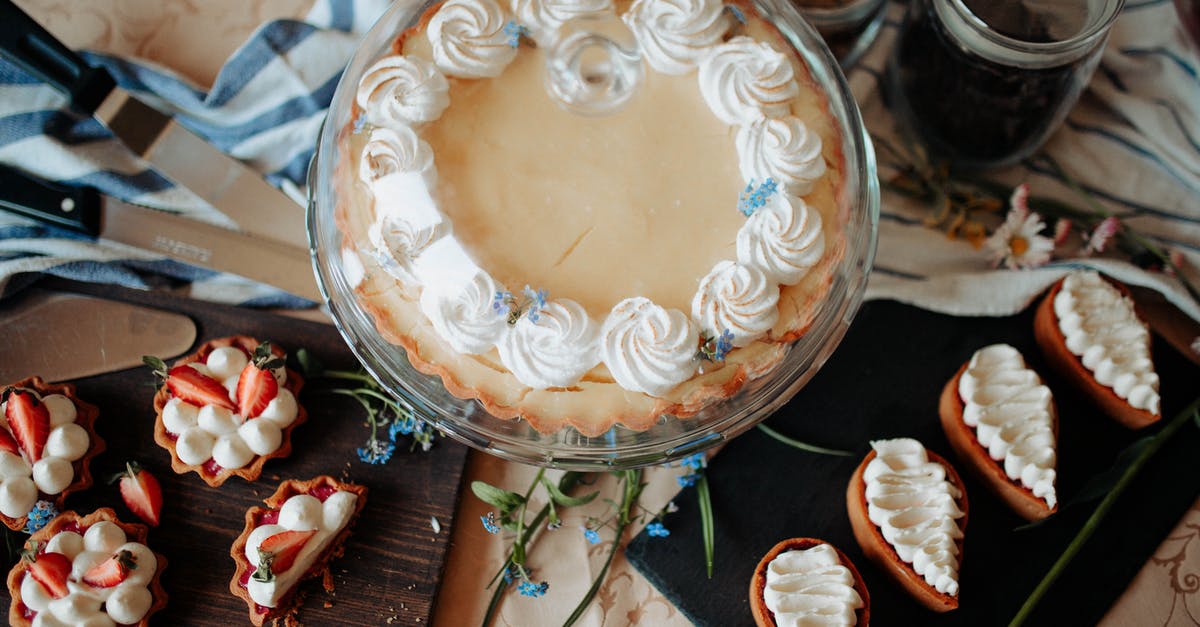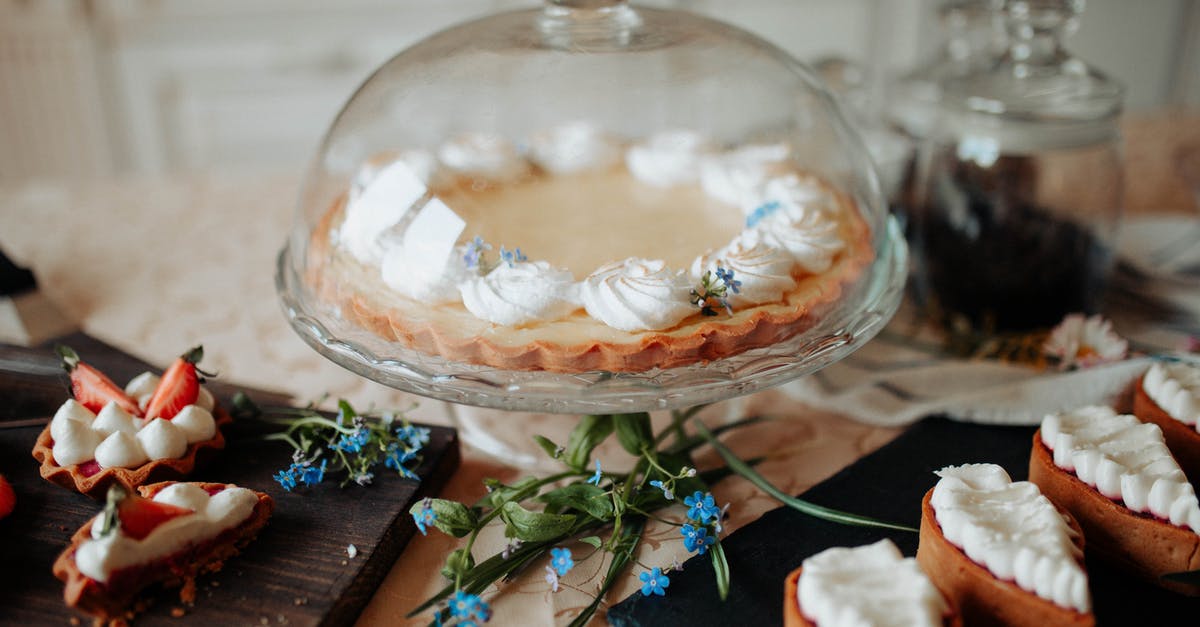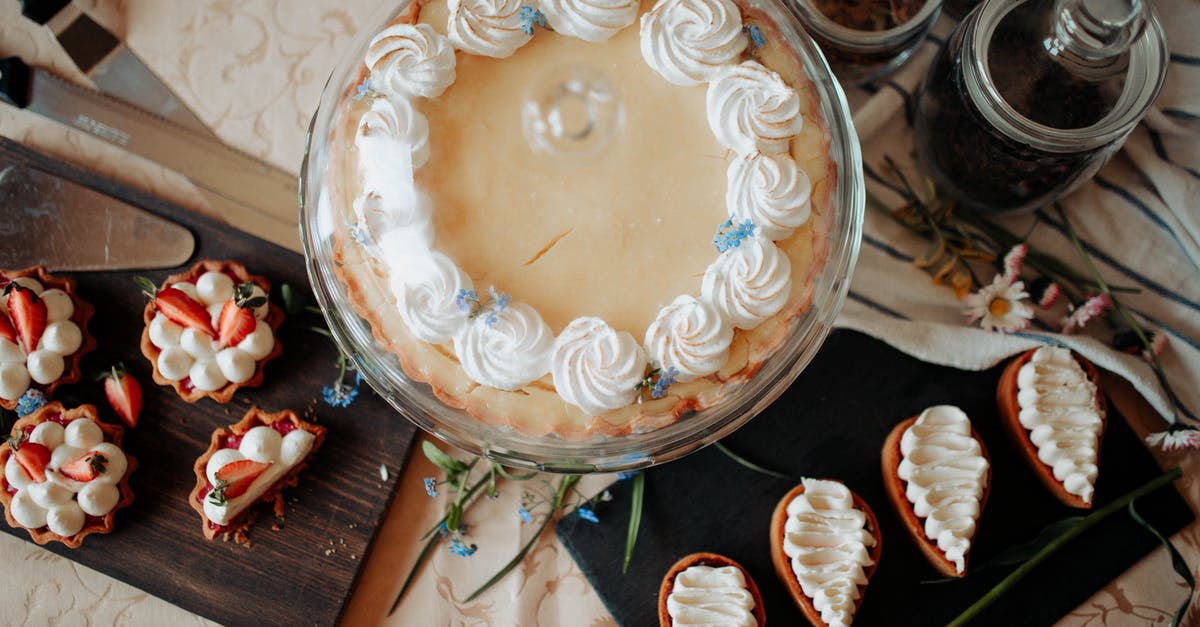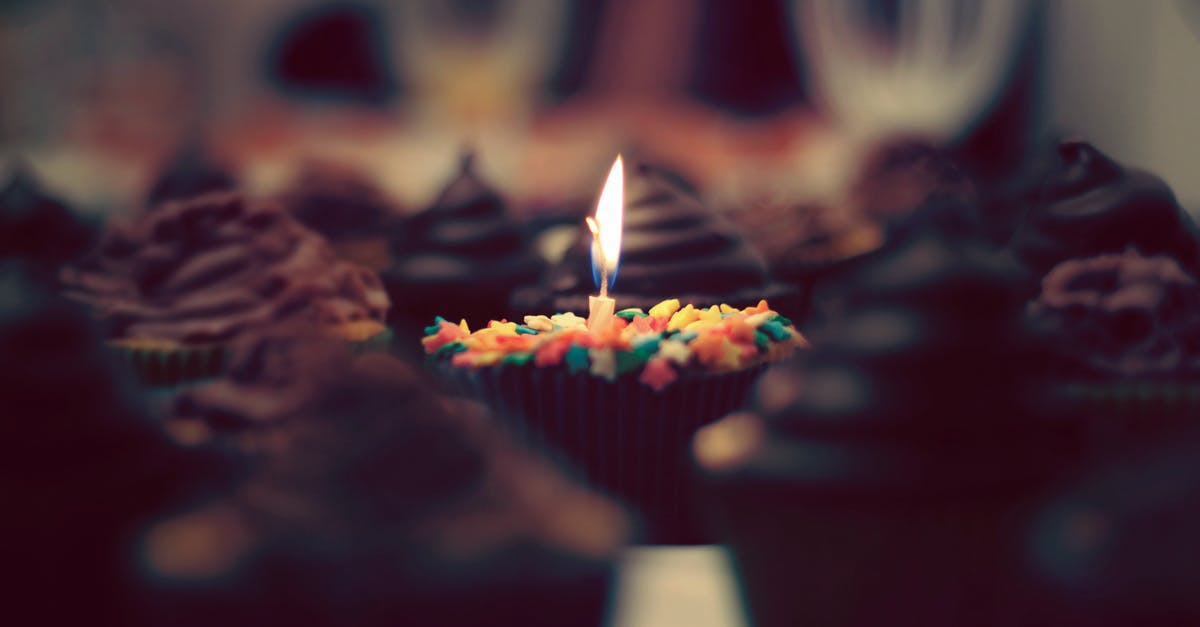When whipping cream, does its state continually cycle through various states? Is there a dead end at whipped butter? Or does something else happen?

I was attempting to make butter by whipping heavy cream in my Kitchenaid stand mixer. I noticed that cream was getting grainy (as the fat was globbing into butter) but then let it whip a little longer. The butter and buttermilk then recombined into what I'm guessing is whipped butter? I decided to stop there, salt it, and use it as whipped butter.
I'm now wondering what would happen if I continued to whip the whipped butter. What would happen?
When cream is whipped (with the assumption that the cream mixture avoids getting warm)…
- it first becomes whipped cream.
- then separates into butter and buttermilk.
- then recombines into whipped butter?
- then what?
When whipping cream, does its state continually cycle through various states? Is there a dead end at whipped butter? Or does something else happen?
Serious Eats has a great article Cream Science: On Whipping, Butter, and Beyond but it doesn't seem to go "beyond" butter.
All the article and videos I have found stop at butter and do not whip further.
Please provide answer with links to any other articles, videos, sources to support your answer.
Best Answer
From the article you linked to, on making butter:
... what you're ultimately doing is smashing those little globules of fat into each other, damaging their walls and causing the hydrophobic (water-fearing) regions to clump together. The cream will become thicker and thicker as more and more fatty triglycerides gather into one mass. Eventually, enough fat is exposed and there's room for everyone to get together, eliminating the need for triglycerides to partner up with air.
This is not a reversible process. The fat globules are broken and the fat's released. You can whip the fat up to make whipped butter, you can make emulsified sauces out of it like you can out of butter, but you can't turn it back into cream, just as you can't make cream out of butter and milk.
In order to actually produce butter, you have to drain away the liquid, and possibly knead it to bring together fat crystals from the free fat and firm it up. (For more detail on the structure of butter, see this answer about melting and resolidifying butter.) You haven't done this in your process, so you have very soft butter (no large fat crystals) and buttermilk.
If you whip it with the liquid still in it, you may be able to produce very soft whipped butter, and you may be able to get a decent amount of liquid whipped into it, but they won't be bound together and they'll be very prone to separation. Normal whipped butter is just whipped butter, not whipped butter and buttermilk; whipping doesn't really make butter able to mix well with liquid.
The only other thing increased whipping is going to accomplish is breaking down the cream even further, releasing fat from the fat globules that escaped the initial whipping. That'll mean your buttermilk gets even more watery (less fat globules left in it). And your butter will be more free fat and less fat globules. Both of those are soft, so the butter will still be very soft. I suppose if you then drained it and kneaded it, you might be able produce an even harder butter than normal, since there's more fat available to form larger crystals from, and less globules to soften it. But that won't happen from the whipping you're asking about.
Pictures about "When whipping cream, does its state continually cycle through various states? Is there a dead end at whipped butter? Or does something else happen?"



Why did my whipping cream turn to butter?
When whipping cream, you're incorporating air into the fat molecules. When you continue to agitate your cream, the fat molecules bump into each other and clump together and your whipped cream deflates. The fat separates from the liquid, forming butter and buttermilk.Why does whipped cream remain in the foam state?
High-fat heavy cream with 30-40 percent butterfat produces a stable cold foam, which is stable because the fat surrounds denatured proteins and keeps the air trapped in the foam.What are the stages of whipping cream?
Here's a visual guide and some tips to help you get to correct whipped cream stage.- No Peaks. After a couple minutes, the cream will have gone from runny and having big bubbles to thickening a bit and becoming smooth. ...
- Soft Peaks. ...
- Stiff Peaks. ...
- Over Whipped.
What happens if you whip butter too long?
Can you over-whip butter? As the butter is whipped, a small amount of heat is generated causing the already softened butter to melt. Over-whipping will create too much heat melting the butter so it will not aerate or become fluffy.Make: Butter from Whipping or Heavy Cream [CC]
Sources: Stack Exchange - This article follows the attribution requirements of Stack Exchange and is licensed under CC BY-SA 3.0.
Images: Danik Prihodko, Danik Prihodko, Danik Prihodko, Helena Lopes
